fish-facts
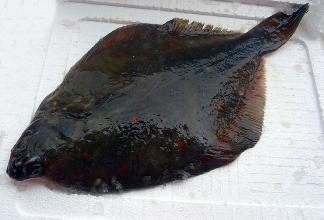
Plaice
Plaice, a flatfish related to the Halibut and Flounder. It is an important food fish in Europe. Its eyes are located on one side of the head and it swims with this side facing up. The upper side of the body is brown with white spots; the lower side is uniformly white. The plaice feeds on mollusks and crustaceans, using its blunt teeth to crush the shells. It grows to 3 feet (90 cm) long and weighs up to 15 pounds (7 kg). The humble Plaice has largely overlooked in higher- end gastronomy This is perhaps due to its historical associations as a food for the poor, or because of the connotations of bland deep-fried breaded Plaice served in lazy Pubs and Motorway service stations. Judged on its own merits, Plaice is a superb fish possessing a fine, moist texture and subtle but distinctive flavor. Given the right treatment it makes a simple, healthy, inexpensive and absolutely delicious lunch or supper. Plaice is available throughout the year although the quality varies. From summer through to mid-winter (outside the spawning season) it is generally fleshier and tastier.
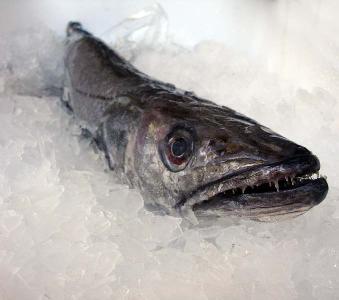
Hake
Hake fish comes from the same family as Cod and Haddock. Hake can grow up to 1 meter in length and their lifespan can be around 14 years. They live in shallow water ranging in depth from 200 to 350 meters. Hake species stay in deep sea water during the day and come to the middle depths during the night. They are actually undiscerning predators which feed on species found near or on the bottom of the sea. The male and female hake fish look almost the same and are not easily differentiated. Hake is a mild-flavored white fish, related to Cod and Whiting and is similar to them in texture and taste. Because Hake is a mild fish, it serves as a good foundation for stronger flavorings.
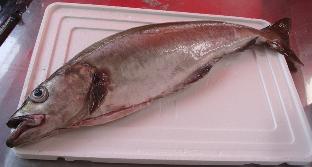
Pollack
Pollok / Pollak / Lieu Jaune Atlantic Pollock is largely considered to be a Whitefish, although it is a fairly strongly flavored one. Although traditionally a popular source of food in some countries like Norway, in the United Kingdom it has previously been largely consumed as a cheaper and versatile alternative to Cod and Haddock in the West Country However, in recent years Pollock has become more popular due to over-fishing of cod and haddock. For example, when minced, it is the primary component of fish fingers and Popcorn Fish. Because of its slightly gray color Pollock is often prepared, as in Norway, as fried fish balls or if juvenile sized maybe breaded with oatmeal and fried as in Shetland. Year old fish are traditionally split, salted and dried over a peat hearth in Orkney where their texture becomes wooden and somewhat phosphorescent. The fish can also be salted and smoked and achieve a salmon-like orange color (although it is not closely related to the salmon), as is the case in Germany where the fish is commonly sold as Seelachs or Sea Salmon.
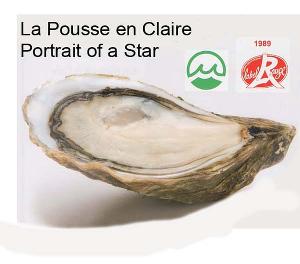
Marenne Oleron Red Label Pousse en Claire
Red Label “Pousse en Claire” is an exceptional product of witch Oyster farmers are particular proud. This is the Oyster for grand occasions Cultured at a very low destiny (maximum five animals per square meter) in the Claire where it stays for four to eight month, its grows forming characteristic coruscated growth lines on its shell. During this time in the Claire the Oyster produce a firm, abundant flesh with the notable flavor of the region, long on the plate. Studies of the flavor of these Oysters have revealed the sensory structure of the taste and recognize it as the archetype of the Marennes Oleron range
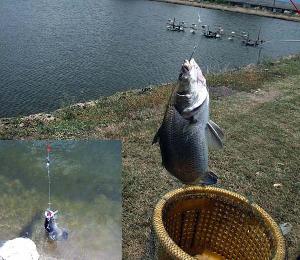
Salt Water Barramundi
Barramundi have white, flaky flesh, though the larger freshwater ones commonly carry a lot of body fat. Saltwater barramundi, however, have a general reputation as good eating. Barramundi Lates calcarifer , occurs throughout the South-East Asian region, including northern Australia.In South-East Asia barramundi is known as Asian sea bass and a successful farming industry, particularly in Thailand, has been established for many years. Farm raised fish are usually sold at plate size (500 g) or 2 kg (for filleting). Aquaculture is the farming of freshwater and saltwater organisms such as finfish, molluscs, crustaceans and aquatic plants. Also known as aquafarming, aquaculture involves cultivating aquatic populations under controlled conditions, and can be contrasted with commercial fishing.
